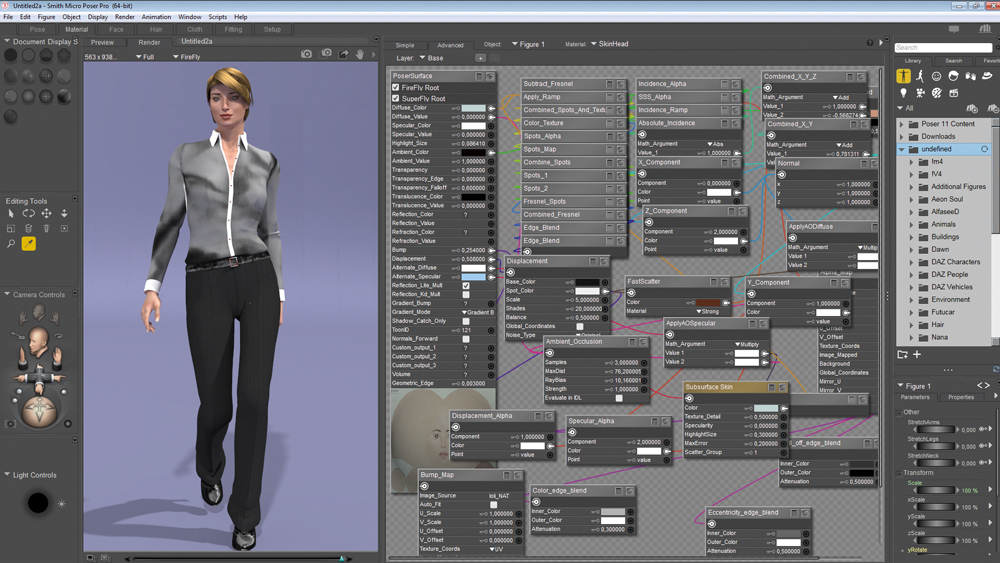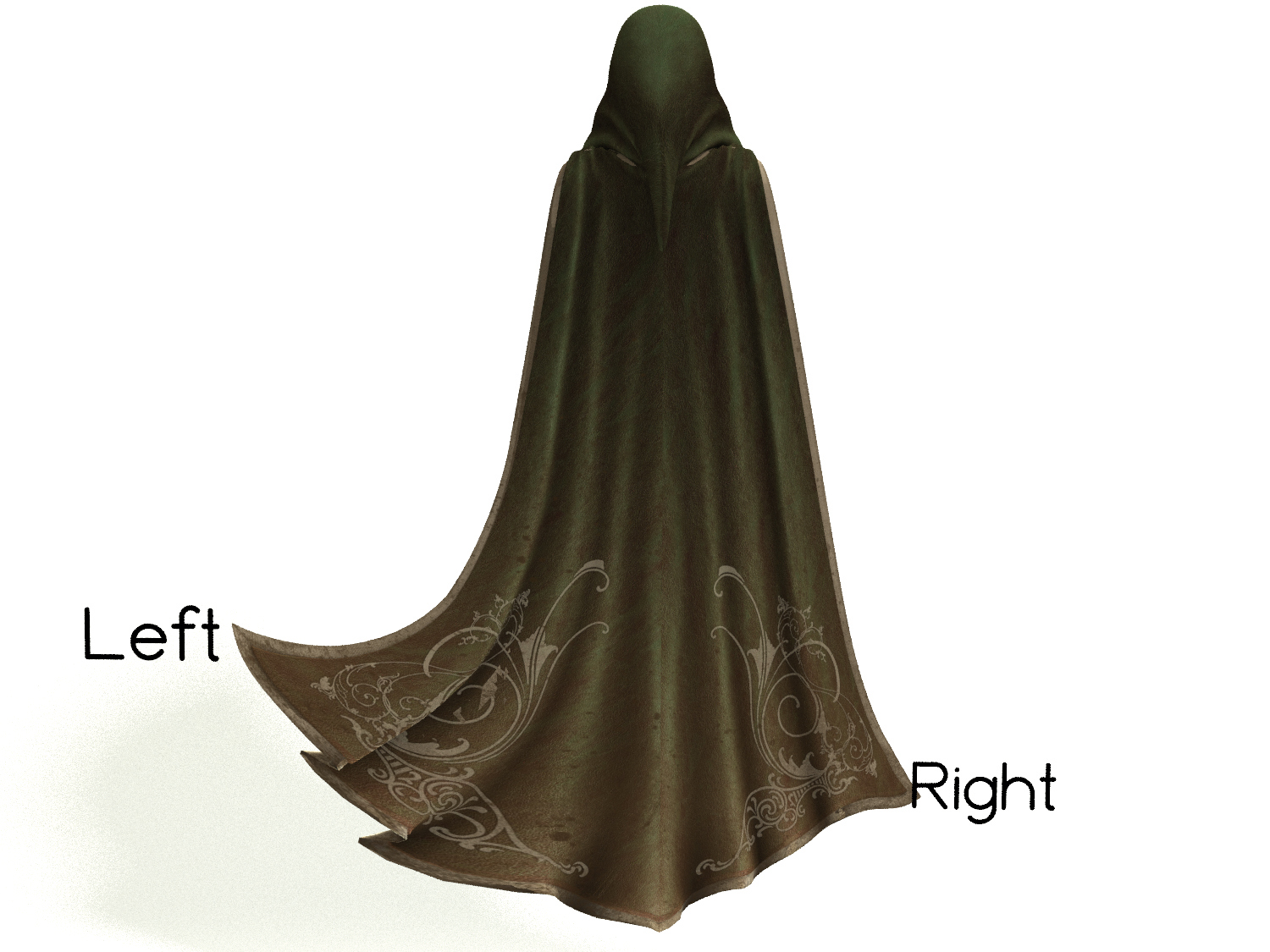Our Verdict
Despite Poser starting to show its age a little, and if you don't mind the learning curve for Cycles and shaders in Poser 11, the other new features are fairly decent for hobbyists, content creators and forensic artists alike.
Why you can trust Creative Bloq
Poser Pro 11 comes with many new features and tweaks, including Smooth Translation of Joints, adaptive rigging, area lights, volumetric materials and caustics, subdivision morph targets, metrics and an FBX exporter. Of course, the standout feature from this release is the new PBR renderer, SuperFly.
Based on a forked version of Blender's Cycles, it brings Poser's rendered output on par with Reality, the Lux-based PBR plug-in for Poser, and Daz Studio's iRay.
The standout feature from this release is the new PBR renderer, SuperFly
Alas, the SuperFly implementation could have benefited from a little less reverence and a little more functionality. This is because Smith Micro – makers of all things Poser – are very loyal to Poser's original, iconic, late 90s MetaCreations interface and workflow. This could be the reason why the Advanced Material Room has not been modified much to facilitate Cycle's many nodes with features commonly found in a node-based environment, like grouping, zooming, and tidying functionality. Instead, you navigate via a horizontal and vertical slider, no matter how many nodes you have in the room.

In addition, the renderer is not as fast as iRay and Reality, and its settings can be confusing, especially for many of the ready-to-render novices Poser caters to. Even though render speed will always depend on CPU, GPU, the amount of content in your scene, and its various shaders, a CPU SuperFly render of a glass, wine, five lights and a backdrop should not take over 12 hours to render on super high settings with caustics. One issue could be that once you select CPU or GPU, and then select a preset, your selected hardware will jump back to your CPU. If you're not aware of this, you can get into some very long render times indeed.
Poor user guidance
As for the quality of the output, once you get familiar with the new renderer and its workflow it is actually a relief to be able to do good metal, volumetric and caustic renders in Poser without having to use Reality or Octane. However, Smith Micro have not been good at documenting how to go about this, unlike freeware Daz Studio, who added shaders, lights and ready-to-render scenes to analyse for users new to iRay.
Instead, you get outdated links to poser.com and two chapters in the manual explaining the dialog and the nodes, in addition to some mentions here and there, and the response, "Yes, there is a learning curve" when people ask about SuperFly in the Poser forums. To quote a user in the RDNA forum: "This is like explaining the plus sign, and then expecting users to do complex algebra."
Features with potential
Despite the growing pains of a new renderer, the other new features fare better. For content creators, the new ability to create handles for dresses, cloaks and skirts is a godsend, and Smooth Translation of Joints actually does add more, and better control to figure rigging. Adaptive Rigging for Morph Dependent Joint Centers does ease the tweaking of conforming garments to fit figures morphed from dwarf to orc-size easier.

In addition, you can now create morph targets on subdivision levels and export them. To boot, real world-based Area Lights beef up realism in renders, and Actor Selection History functions, like the Photoshop History brush, are superhandy when you're building your scene and still working out its look and figures. Together with the configurable Autosave they do help ease your workflow, like many of the other features.

Thank you for reading 5 articles this month* Join now for unlimited access
Enjoy your first month for just £1 / $1 / €1
*Read 5 free articles per month without a subscription

Join now for unlimited access
Try first month for just £1 / $1 / €1
out of 10
Despite Poser starting to show its age a little, and if you don't mind the learning curve for Cycles and shaders in Poser 11, the other new features are fairly decent for hobbyists, content creators and forensic artists alike.

Cirstyn is a freelance CG artist and educator, with over 15 years' experience in 3D. Her clients include AMD and Daz, and she has written for 3D World magazine for a number of years. She is a certified agile (software) project manager, an avid reader and gamer.
